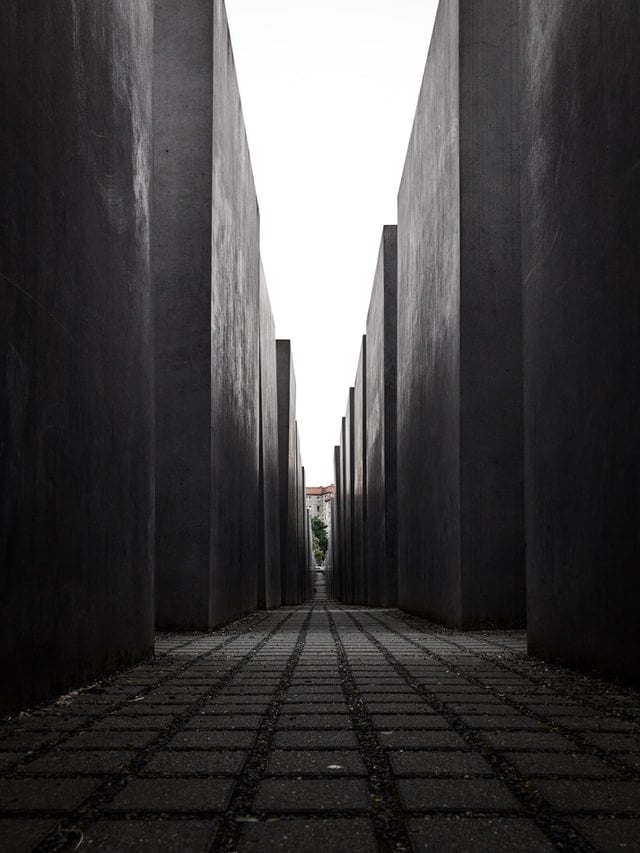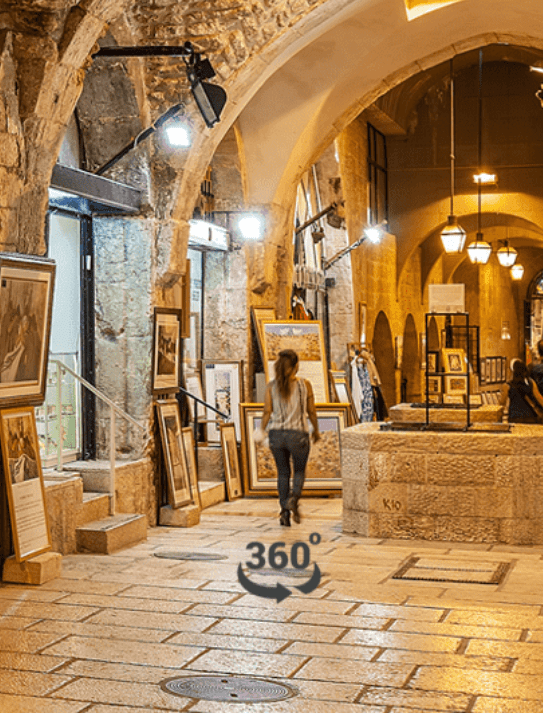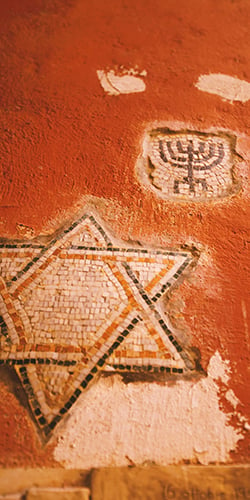The Jewish Story of Osijek, Croatia
The City of Osijek is located in the eastern, continental part of Croatia, in the plains, on the right bank of the Drava River. It is the largest city in Slavonia, at the same time the seat of Osijek-Baranja County. The city's geographical position is favourable and it is accessible in relation to major European corridors and that it is located near major cities and capitals: Zagreb (278 km), Novi Sad (112 km), Belgrade (186 km) and Budapest (257 km).
















